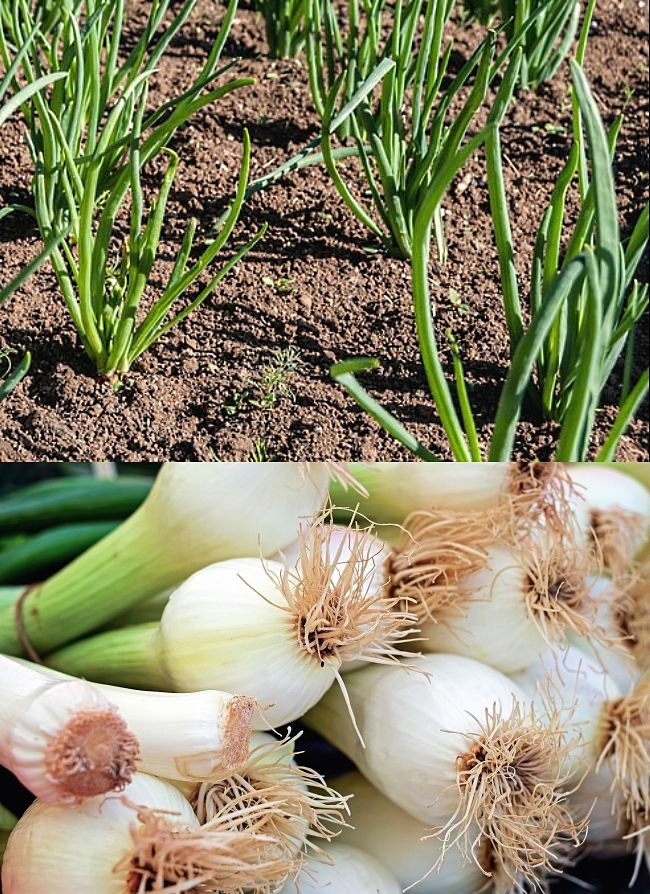Planting and Growing Guide for Scallions (Allium fistulosum)
Description
There are many varieties of onions that are harvested for their stems and leaves rather than for the large bulbs like regular onions. Scallions, also known as Spring onions, Bunching onions and Welsh onions. Spring onions, sometimes referred to as Scallions, are generally harvested when the bulb is pencil size. Scallions are generally regarded as varieties that never form a bulb. Scallions grow very fast, and so can be grown in batches for continual harvesting. Both types are grown with many plants close together and are harvested well before they fully mature.
Plant seeds indoors in late winter to early springs. Or, plant large groups of plants close together and harvest the plants continuously when young. Seed can be sown directly into garden beds or they can be sown into seed trays, and planted out as seedlings. Scallions do not like to be too dry and so water regularly and cover the soil around then with a deep layer of mulch to keep the soil moist and to control weeds. Scallions are best grown in a sheltered area with full sun or partial shade. The thinnings can be harvested as the plants grow.
Scallions are eaten raw in salads. They are also chopped and used in Asian stir-fry dishes, pies and flans. They are also used in many egg dishes and also in pizzas.
Planting Guide
Seed Depth: Sow seed directly into the garden, or in seed trays, after the last frost, at a depth of 5 mm (1/4 inch). Lightly cover the seed with soil. Seedlings may take from 14-21 days to emerge
Space between plants: Plant seeds and seedlings very close together in a clump. Thin the seedling clumps to a spacing of 5-10 cm (2-3 inches) between groups of plants.
Harvest Time: Harvest in 8-12 weeks. Plants can be harvested when small as needed.
Hints:
- Grows best in full sun, in a sheltered spot that does not dry out.
- Scallions are frost tolerant once established in the garden.
- Scallions prefer a friable, deep soil, that is rich in organic matter
- Feed regularly and add compost around the plants as they grow to provide mulch and source of nutrients.
- Scallions does best in well-drained, sandy, or light loamy soil with a slightly acid pH (6.2-6.8).
- Blanch scallions as they grow by hilling up the soil around the plants.

Disclaimer: The PlantWhatWhen vegetable planting guide is only designed for use as a very general reference for home gardening purposes. It is not to be used for farming, markets or commercial activities of any kind whatsoever. We take absolutely no responsibility for the accuracy and adequacy of the information provided on this site. We recommend that you consider your local climate, weather patterns and conditions when deciding what and when to plant in your home garden. It's entirely your own decision. Happy Gardening and Best Wishes!